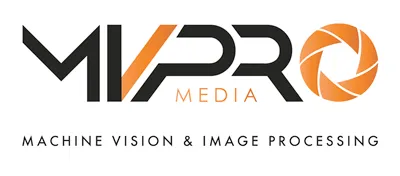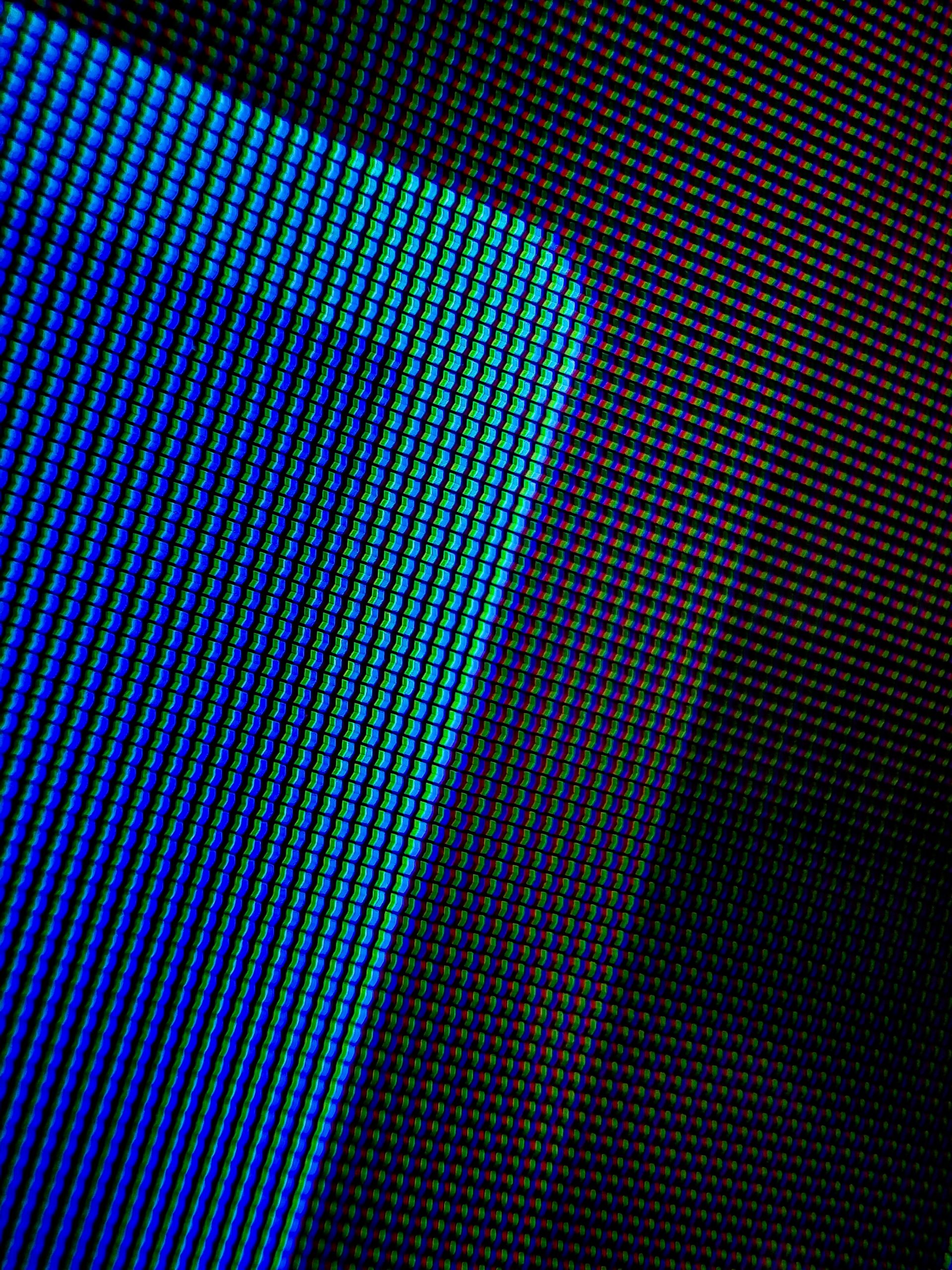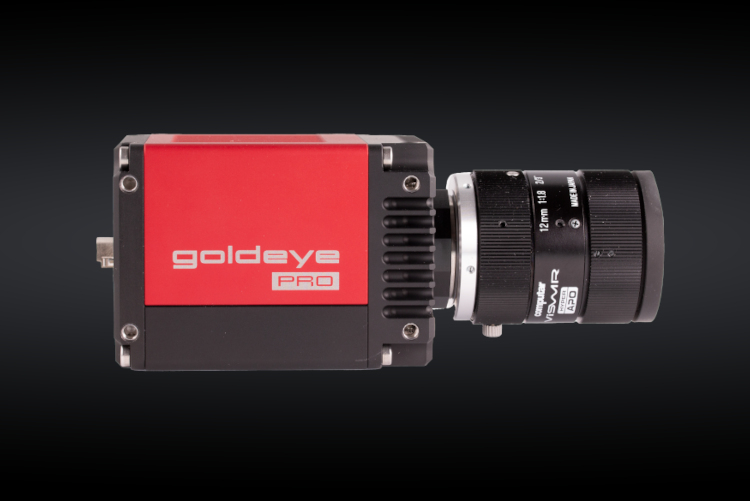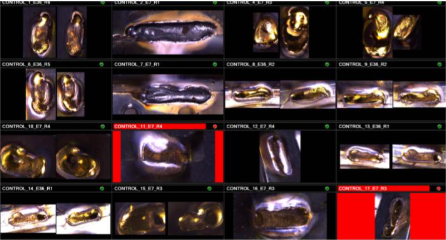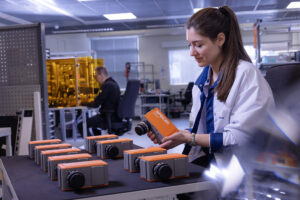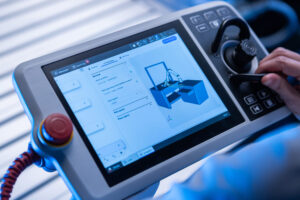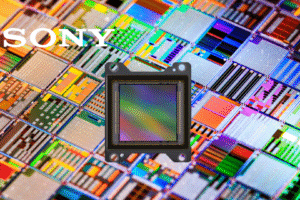Angi Compatangelo, Edmund Optics Europe, outlines the answer to a question that sometimes gets overlooked: big or small pixels?
As applications become more and more demanding, higher image quality and resolution are required from machine vision systems. Initially, camera manufacturers trended towards higher pixel counts with smaller pixel sizes in order to achieve higher resolutions. More recently, however, growing trends towards manufacturing larger pixel sizes have also seen the upsurge of much larger sensors (Figure 1). With so much choice flooding the market between sensor sizes, pixel sizes and their compatible optics, a common question that is asked when specifying imaging system components for an application is: “What camera pixel size should I use?”
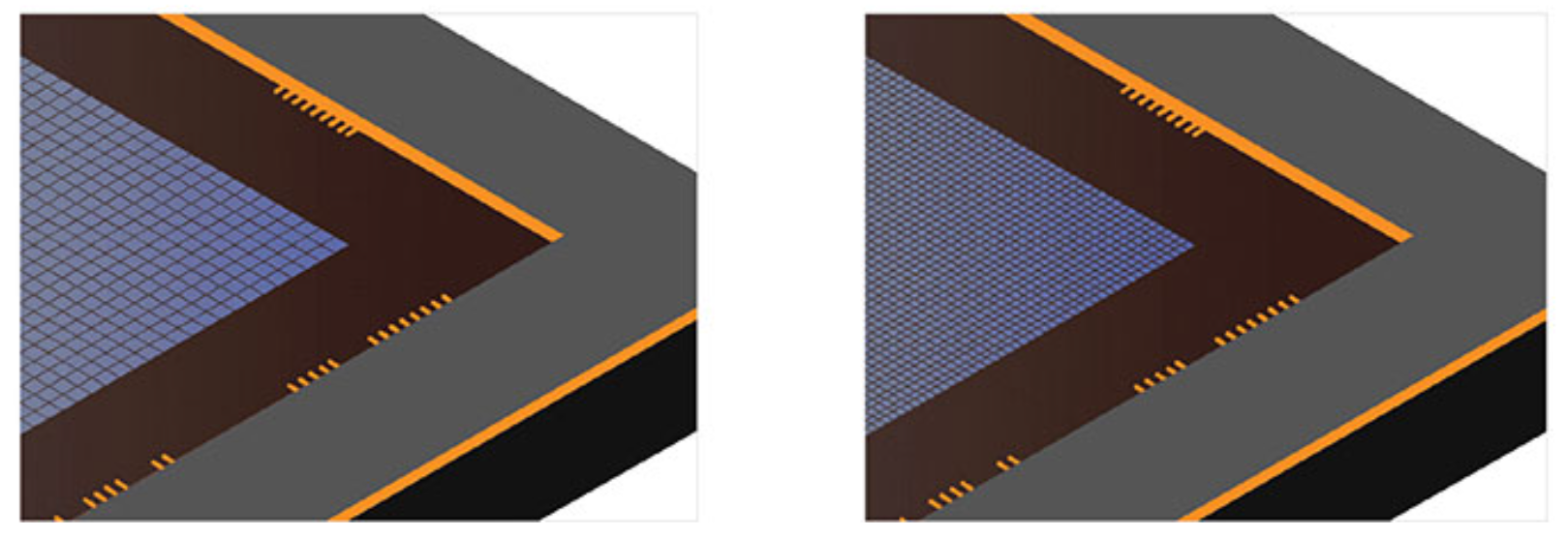
Not all Megapixels are created equal
Resolution is often talked about in terms of “Megapixels” (MP), and a sensor with a higher Megapixel value is generally regarded as having better resolution. It should not be assumed, however, that the quality of the image obtained would always be the same between two cameras of the same Megapixel resolution.
Imagine looking at an object such as a USAF Target element using two different cameras, both with 5MP sensors, but one sensor having 2.2µm size pixels, and the other 3.45µm size pixels. When both systems are visualising the same feature, the feature actually appears clearer on the 3.45µm, the larger size pixel system (Figure 2). This is partially due to the pixels themselves since smaller pixels tend to have shallower full-well capacity and worse signal-to-noise ratios. However, this is also due to the laws of physics which dictate that as optics go to higher frequencies, the contrast will drop. Consequently, although of the same Megapixel resolution, the two cameras will actually have vastly different performances.

Choices, choices
Since larger pixels result in higher contrast, they are ideal for measurement or metrology applications as the higher contrast allows for clearer images and thus more confidence in the imaging system and any measurements taken. This also means larger pixels also have more room for error as they will be less affected by fluctuations in ambient lighting, noise, or temperature than a smaller pixel system. A possible downside to larger pixel systems, however, depending on the application, is their requirement for higher magnifications to be able to resolve the same size details as smaller pixel systems.
When increasing magnification, the field of view (FOV) of the system is reduced, and should this be problematic, it is possible to use a bigger sensor to achieve a larger FOV. However, using bigger sensors increases the overall system cost since the optics required will need to be constructed with more optical elements, often larger in size, and will generally require tighter tolerances. Smaller pixel size sensors, therefore, make a cheaper alternative for applications where small-detail image quality is not as critical.
As is often the case when specifying components, one size does not fit all when it comes to choosing pixel sizes for an application. Smaller pixels do not always mean better resolution, and alongside balancing the benefits and drawbacks of each size, it is important to remember that it is possible to manipulate the optical features of a system to drive the performance towards the desired level.
Edmund Optics is a leading global manufacturer and supplier of optical and imaging components, with a large ready-to-ship in-stock inventory, and high-volume custom manufacturing capabilities. Find the right lens for your application at www.edmundoptics.eu/imaging, like the ultra-high resolution large-format LH Series Lens, optimised for 120 Megapixels and 2.2µm pixel size sensors.
Stay up to date with the most recent automation, computer vision, machine vision and robotics news on Automate Pro Europe, CVPro, MVPro and RBPro.
